Once more, with soba
After closing his Michelin-starred kaiseki restaurant, Chef Takashi Miyazaki reopens Ichigo Ichie as an izakaya next week with lower prices and a star attraction: handmade Japanese noodles.

In the weeks and months after Chef Takashi Miyazaki announced that he was going to pull the plug on his award-winning kaiseki restaurant, he got straight to work on the next chapter of Ichigo Ichie.
It was a fairly straightforward solo task in which the Fukuoka-native would mix buckwheat flour and wheat flour every morning, kneading the compound together before rolling it out and eventually cutting it into delicate slivers of soba noodles with a sobakiri knife. (See Miyazaki’s video below of making teuchi or handmade soba).
So while the culinary world in Cork and beyond digested the news that the first city-centre restaurant to garner a Michelin star in decades would soon be Michelin-less, Chef Miyazaki spent countless hours trying to find the right mix to make his soba noodles. He got it wrong more times than he got it right, but in the end, he got there.
When it comes to the trinity of Japanese noodles - udon, soba, and ramen - most people in Ireland will be familiar with ramen, which has gained a worldwide foothold in recent years. Although, truth be told, outside of Dublin, you’d be hard-pressed to find a bowl of ramen worth writing home about.
Like ramen, soba is considered fast food, but it’s healthy fast food. During my time as a food reviewer for The Japan Times, I routinely visited soba restaurants in Kyoto and Osaka and revisited some of those columns after dropping by Ichigo Ichie as December came to a close.
While living in Japan, I would rock up to a simple sobaya at lunchtime, typically joining a queue of office workers on a short break, waiting to get their fix of zaru soba, often served on a simple basket, with the dipping sauce served separately. One of the joys of eating soba is that slurping is recommended. Like a lot of washoku, or Japanese food, it’s simple fare: the dipping sauce served hot or cold has minimal ingredients, and the garnishes too are minimal, usually finely diced nira (chives) or grated daikon. Duck (kamo) features often in soba restaurants, and Miyazaki will continue that tradition. Tempura is also is staple of sobaya and this too will feature at Ichigo Ichie, along with other small plates which will change on a daily basis. And fun fact: one of the Japanese dishes eaten on New Year’s Eve is toshikoshi soba (year-crossing noodles) which slurped down should guarantee you live long and prosper.
Fast food
So what does freshly handmade soba taste like, you might well wonder? While I’ve yet to taste Ichigo Ichie’s - the carpenters were in the day I caught up with Miyazaki - he’s going with the tried and tested formula of buckwheat flour mixed in with wheat flour.
The cost of sourcing flour from Japan is too prohibitive, so Miyazaki has opted for European producers, but the combination of buckwheat and wheat flour gives the noodle a texture that firms it up. When reaching for words to describe what a soba noodle tastes like, nutty is the go-to adjective. Honestly, I never got that, but I have been known to be wrong. A lot. What I can tell you, based on past experiences of slurping down soba at everywhere from train station stalls to three-generation soba restaurants, is that a decent bowl of soba is delicious in a way that leaves you feeling satisfied, and in a way that junk fast food never makes you feel.
Stepping back
For the last five years, Chef Miyazaki has been a mainstay at the kappo (counter) at the back of Ichigo Ichie on Sheares Street. No more. He’ll be there in the morning for soba preparation, but that counter will be a wine bar now, where you can still eat, but Miyazaki is moving on, taking more of a director’s role, as he watches over his two businesses, works on recipes, and coordinates with his teams of chefs and servers.
Miyazaki said his team is trained up - the crew of chefs at Ichigo Ichie remains the same - and they’re ready to roll come Tuesday when they reopen. He’s also ready to step back, a little.
“I’m happy, so happy,” Miyazaki said, with a chortle when I asked him how he feels about the next step.
As for giving up the Michelin star that he has had almost since opening - he got it barely six months after opening - Miyazaki is focused more on what he’s gaining, and that likely boils down to less stress.
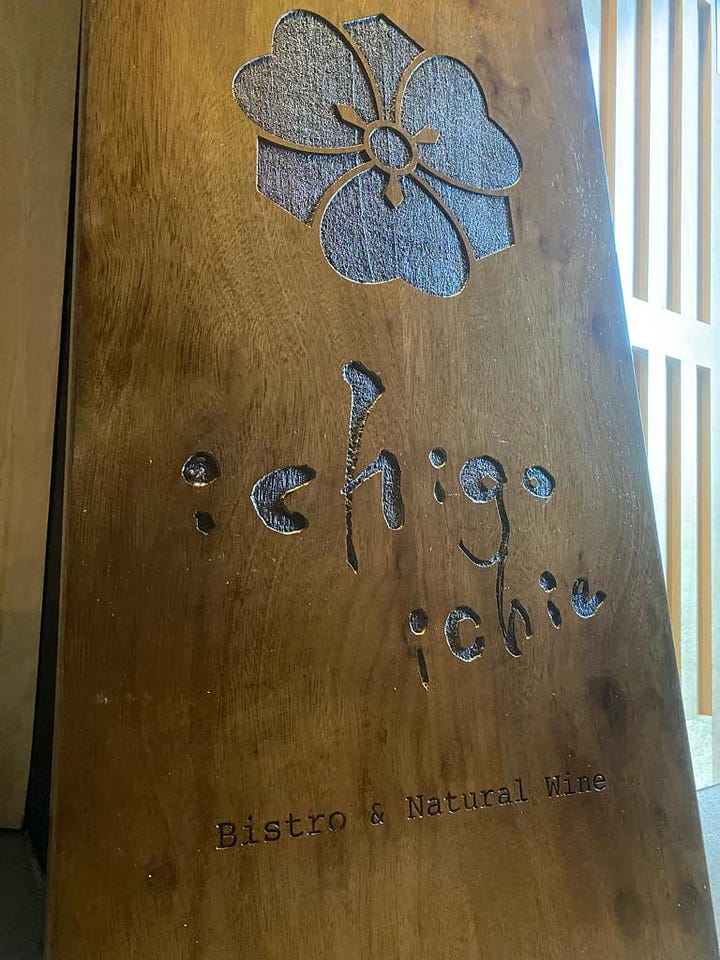
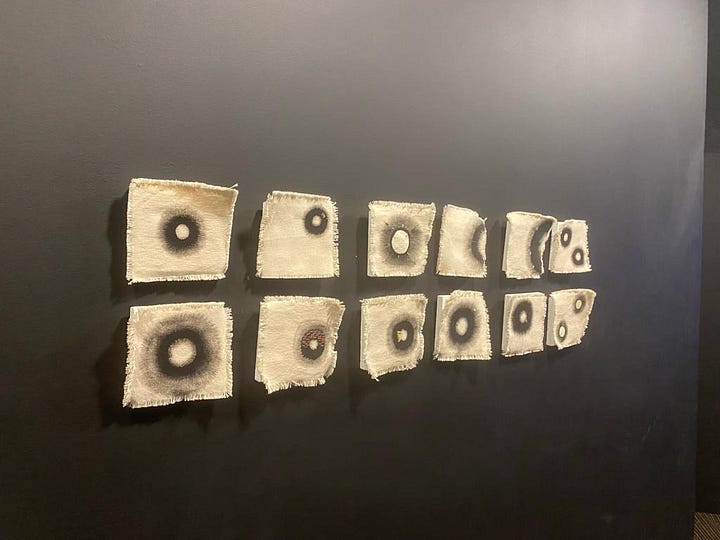
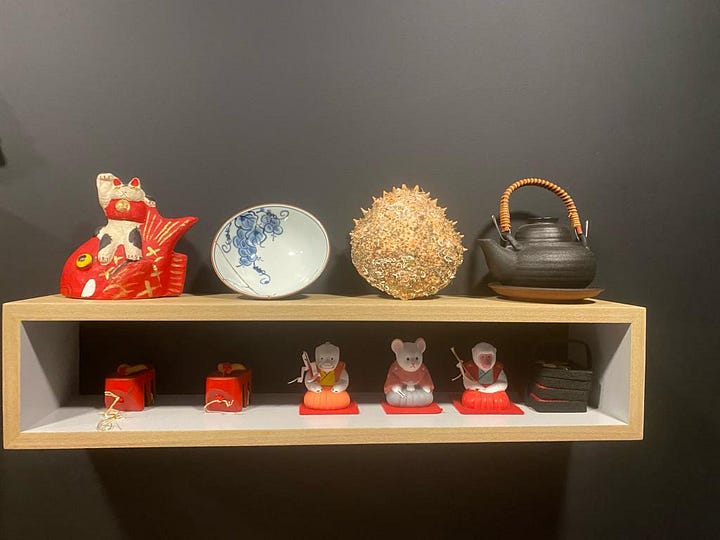
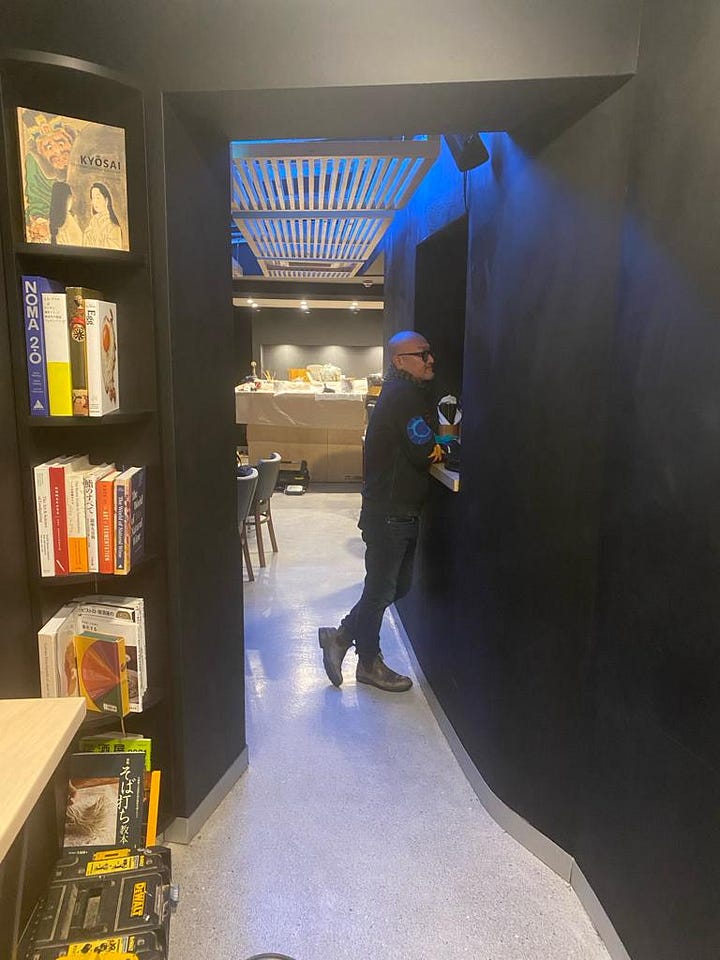
Changes
“After the pandemic, it was stressful. It's hard to survive, and the cost is too expensive,” Miyazaki said, explaining that he had to put the price up to €170 per person to run the business.
“I can't do it, and I don't want to do it,” he said, outlining why he went for what he’s calling a more casual feel, which he hopes will be more inviting to more customers.
“I had a great time over the last five, nearly six years with the Michelin star, and I really appreciate that, but I had to change somehow,” Miyazaki said, as the carpenters set about making those changes in the background.
Miyazaki’s hand was also forced to a great extent, as he says bookings were trending downwards during the summer and into the autumn. (Perhaps, unsurprisingly there was an uptick in bookings when he announced he was closing as a kaiseki restaurant)
“I was like, ‘I have to keep the business anyway, what can I do?”
The idea for a soba restaurant came quickly, and while he had never made it before, he thought it would be both fun and a good challenge. He also knew that with Miyazaki, his takeaway on Evergreen Street, there’s demand for washoku fare such as tempura, curry, udon, and soba.
“It’s kind of been my dream to open an izakaya restaurant, so why not with soba, especially as there’s not a lot of restaurants in Europe offering handmade soba,” Miyazaki said.
He’s right on that one, and Miyazaki is not afraid of changing things up and stubbornly sticking to the plan. In fact, one of my favorite Miyazaki anecdotes is how when he first opened on Evergreen Street, many a night he had to patiently explain to customers who were used to decades of popping into the Yangtze River Chinese takeaway, that no, he didn’t serve chips
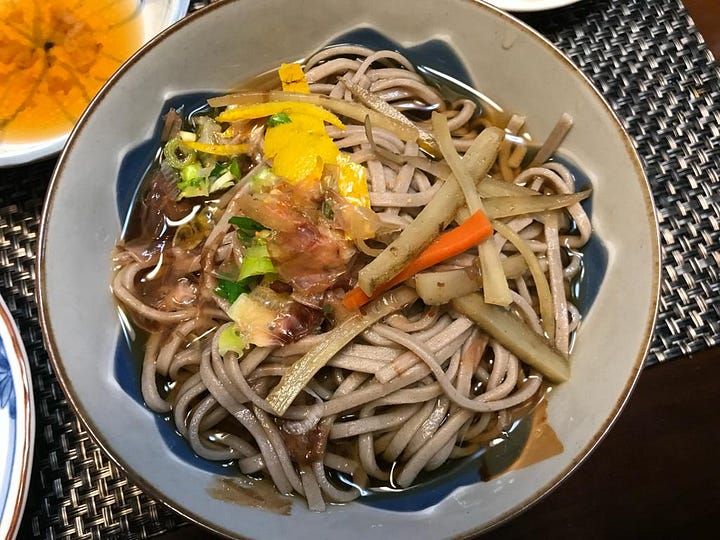
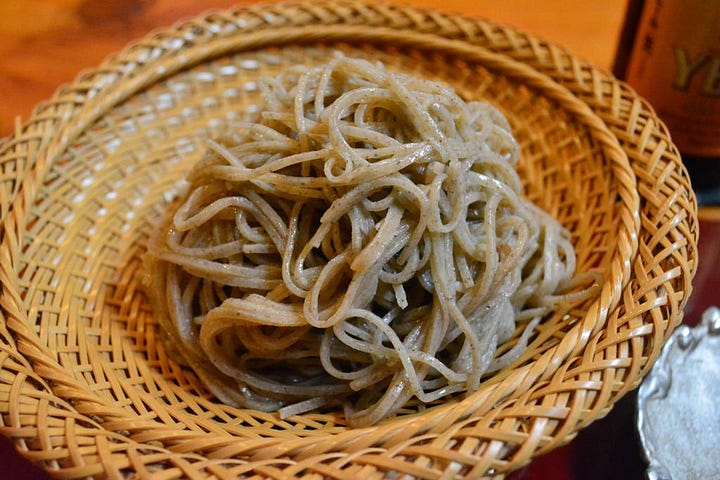
Jura wines, Cork IPAs and dashi tomago yaki
The morning I dropped by Ichigo Ichie as the year 2023 was being shown out the door, Pascal Rossignol from Le Caveau Wines was also on his way out the door while inside Nisei Kobayashi, a carpenter and managing director of Triangle Productions, was busy retrofitting the restaurant. Nisei, from Chiba in Japan, and a longtime Cork resident, and his team were also responsible for fitting out the original Ichigo Ichie. The changes will be slight more than severe: an extra counter along one wall will help increase the seating from 20 to 33, at the back you’ll notice a wine rack over the counter and some shelves, but the main changes will be in the menu, and possibly the clientele.
Also new will be the addition of an IPA from Original 7 craft brewery (literally!) just over the road and across the river on North Mall, which will be on tap, as will Beamish and Asahi. Miyazaki said he plans to have around 30 bottles of natural wine on rotation, all selected from Le Caveau, but the stars of the show will be wines from Jura, a French wine-producing region close to Burgundy and Switzerland.
“At the end of the menu, there’s a section called the ‘Jura section’ because I'm a big fan of Jura wine,” Miyazaki said, explaining that Jura is like a “mecca” for natural wine lovers.
And perhaps this is the beauty about starting over, or pivoting as everyone and their mother is fond of saying these days: the road less traveled, and bringing people with you.
The chance to try some dashi tamago yaki (one of my all-time favorites in the stable of simple and complex Japanese foods - basically it’s a rolled omelette with a dashi accent, but it’s how you make it that’s all important), paired with a wine you likely have never sampled before from a region you might have to Google, or you could play it safe and stay local with a pint of Beamish or Original 7 to wash it down with some tempura, or just the chance to eat and drink fast and glorious food that you don’t have to rob a bank for and that you’ll feel good you ate.
You can see why Chef Miyazaki 2.0 is happy: Cork city has got the izakaya it deserves.
Ichigo Ichie Bistro & Natural Wine opens January 9, 2024. Open Tuesday to Saturday 5pm-10pm. Reservations and walk ins welcome. More information here.
From the archive:
From Tokyo, in Cork, making fiddles, music, and friends
A BIG thank you to Ellie O’Byrne for her first piece on Tripe + Drisheen: Who speaks for Cork’s trees. Journalism like that takes time, effort and talent. Ellie will be back regularly on T+D. Next week, there’ll be a Q&A, a new feature which I hope to publish regularly. And now for the main dish, first profile piece on Tripe + Drisheen, a man I first me…

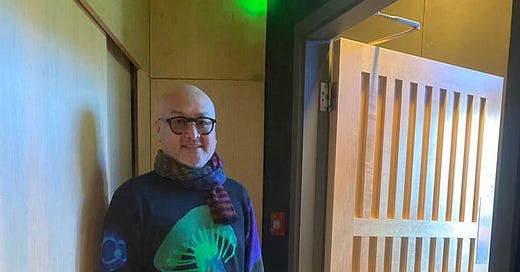




Thank you for this amazing preview. Soba is my favourite food. I could never afford to dine in Ichigo Ichie so I am VERY excited about this.